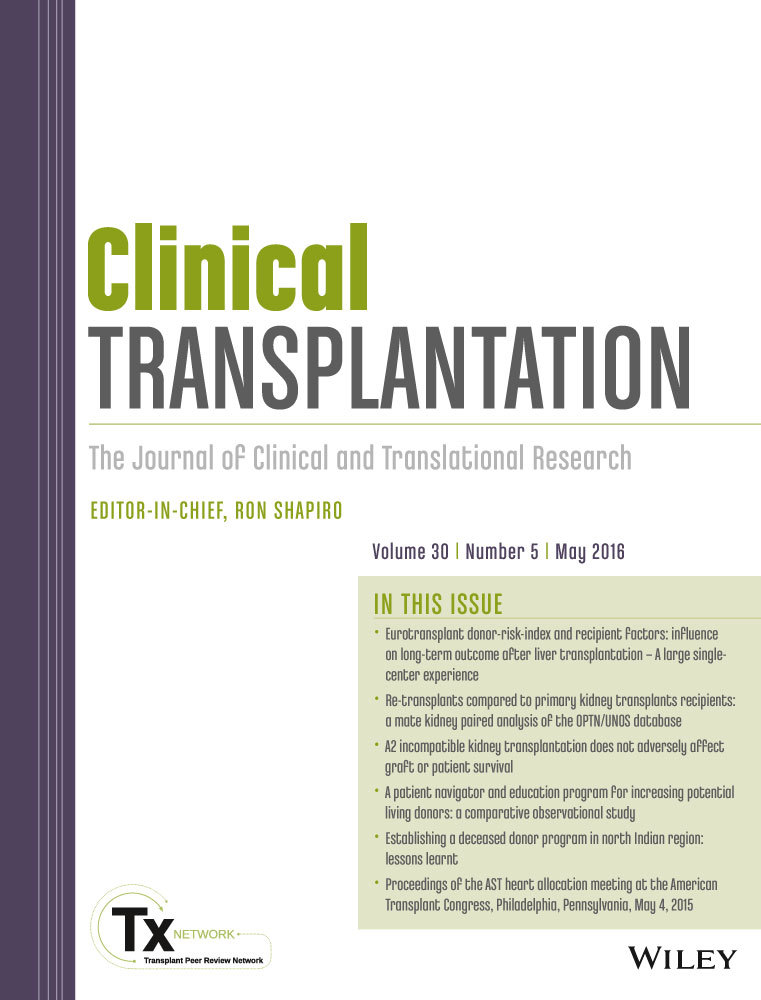Cost comparison of heart transplant vs. left ventricular assist device therapy at one year
Abstract
With the worldwide shortage of donor organs, use of ventricular assist device (VAD) therapy is rapidly increasing in both the bridge to transplant and destination therapy settings. However, the high cost of VADs and VAD care is a cause for concern for policy makers who have relied on the limited supply of donor hearts to naturally cap health expenditure on heart transplantation (HTx). We sought to compare costs of the first 12 months of care of VADs vs. HTx. Single center retrospective study utilizing real generated costs over a three yr span from 2010–2012. Only patients with 12 months of costing data were included. Costs of 28 HTx patients and 24 VAD patients were analyzed. Index admission costs were more than double in the VAD group compared to the HTx group and this was driven by the procurement costs and length of stay which increased almost all aspects of in hospital care costs. Subsequent costs were six times higher in the HTx group and this was driven largely by pharmaceuticals. VAD therapy remains a very expensive treatment option for end stage heart failure patients. Device prices need to reduce substantially to make this a more widely applicable and cost effective treatment option.




